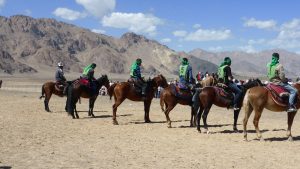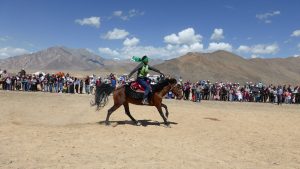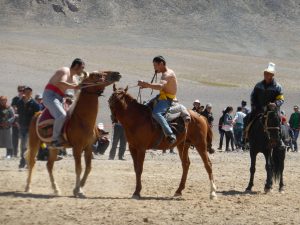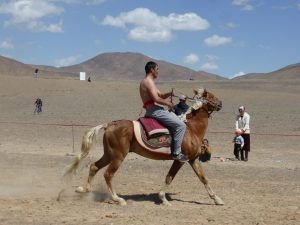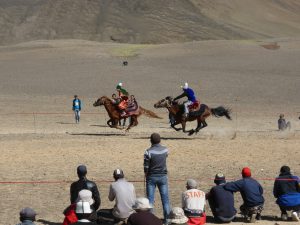A journey 600km along the Afghan border, a close encounter with a police cell thanks to my sketchbook, and nearly married off to an apricot seller in Samarkand in exchange for the nearest camel.
A story of sketching and making on the move
I wasn’t sure how this this trip was going to pan out and but it hadn’t started well…
The initial plan to head to Afghanisthan, the beautful and remote Wakhan Corridor had run into complications. However, I still had a visa and special permission paperwork to visit GBAO (Kuhistoni Badakhshon Autonomous Province of Tajikistan!) the flight to Dushanbee in Tajikistan couldn’t be cancelled and I was going!
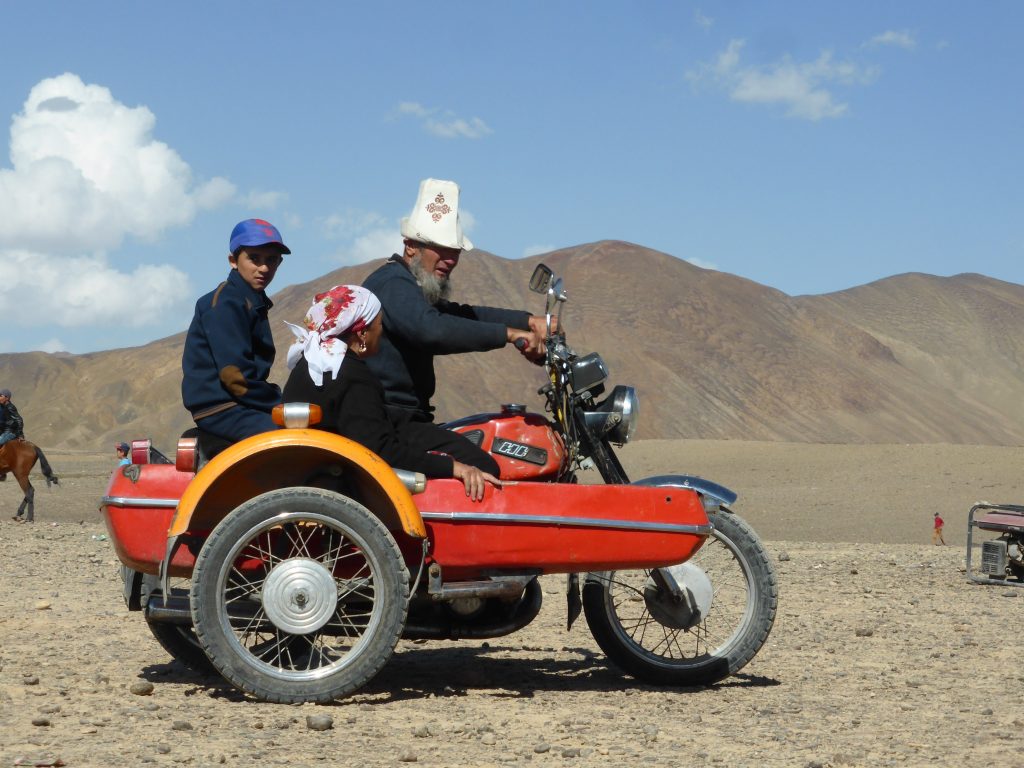
I wasn’t sure how this this trip was going to pan out and but it hadn’t started well…
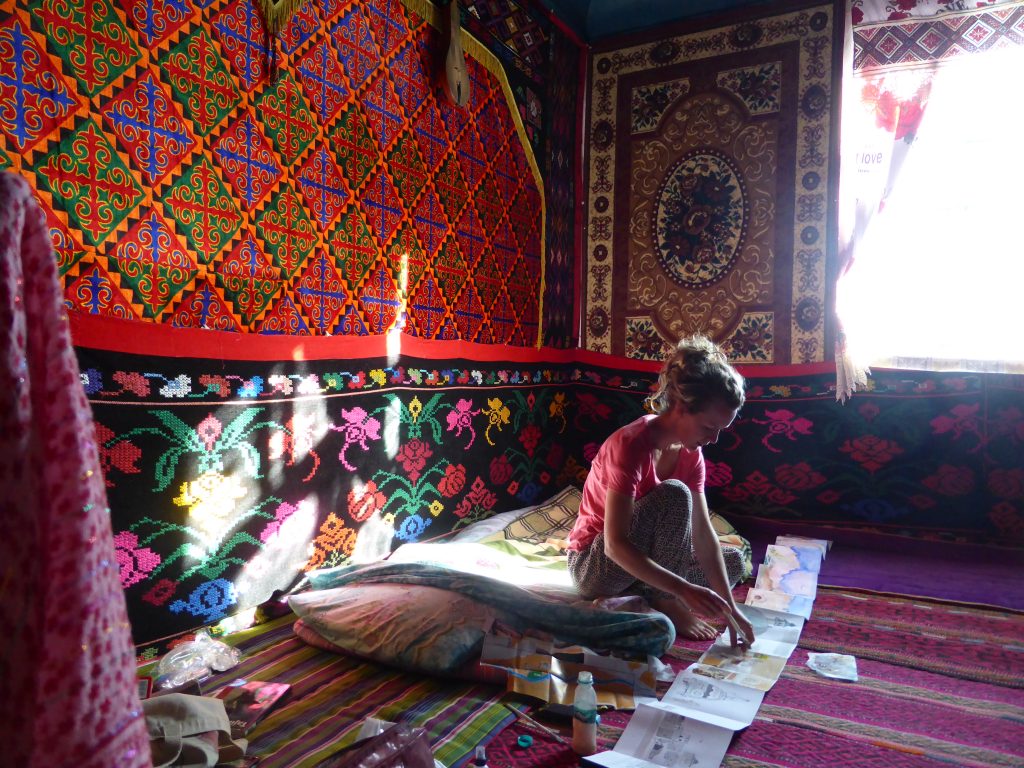
Anxiously arriving into Dushanbe a handful of other Westerners picked up big mountaineering bags and someone handed me their business card entitled ‘Mr Adventure’ with the words “ yeah I just got blown off K2 in Pakistan at 8000m” and taking a roundabout way via Istanbul (thousands of miles away) to presumably come to Tajikistan to try the easier 7000m peaks! Now if you have ever looked at the borders in this area they are odd and fragmented, lines drift off in unexpected directions as if arbitrarily drawn. With the fall of the former USSR borders were formed that divided families, friends and communities in some cases permanently.
The goal was to explore the wild mountains of this former USSR outpost and then to research, sketch and document the ornate ancient trading towns of Uzbekistan which has some of the most intricate and ornate Islamic architecture that can be seen as a result of the riches of the silk route passing through their towns.
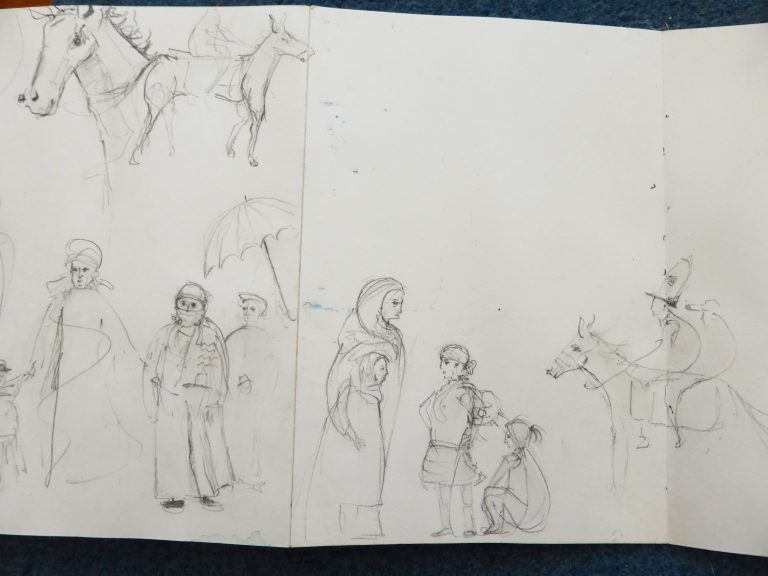
I took a shared taxi which wound its way along a precipitous road next to a huge river- the Oxus (the subject of many stories) into the heart of the mountains 600km along the Afghan border. It was a hot and dusty drive. You looked the other side of the river and speculated on what life was like on the other side. We passed simple villages and the occasional outpost but the large river and impressive river allegedly mined formed the geopolitical border. I sat with the women, one of my fellow passengers was curious about me and somehow in between English and Tajik we established some sort of dialogue with much pointing and laughing. I won’t forget either how she insisted on paying for my lunch and there was nothing I could do about, it should have been the other way around. The people of the silk route are incredibly hospitable from bygones days it is almost in their DNA and even in some of the most remote villages I was to come across out of nowhere someone would appear, offer and insist you had tea with them. This is how travellers of the past had survived and been able to make their journeys and trade.

At the end of a long road trip along the Afghan border In Tajikistan I had made my way to a horse festival in the depths of the Pamir mountains. Surrounded by the highest mountains I had ever experienced, China on one side, Pakistan, Afghanistan and Tajikistan this was a very strategic position. However, this dusty and otherwise deserted plain at about 3000m felt very remote and like a different world. Nomads and village people had come to watch the antics of about five horses. I arrived at an event where one horse races off into the distance on a horse for the next hour! But this gave me a chance to set about sketching people, yurts and particularly the tall Tajik hat. An impromptu horse drawing masterclass then started with the local five years who had been watching and seemed keen to do some sketching of their own! The next event was wrestling while racing on horse back which the crowds loved! The final event appeared to be a girl trying to escape on her horse while admirers and on their horse would try to pull her off it!!
Sketching on the move is a way to travel that allows you time to take in and explore the details of places you might not otherwise notice. It also can be quite sociable as you are often in one place for many hours and people will stop to chat and sometimes tell you more about the surroundings. I try to be as sensitive to the surroundings as possible….However, sometimes you get it wrong. I was sketching a market scene, all of the little shops where in cargo containers, this was not a trend setting scheme but because the winters are so brutal they needed a strong and well insulated building to be able to sell their produce in.

The occasional nomad strolled by but otherwise there were not many people around, that is until I was suddenly being shouted at and pointed at by a policeman in a large hat soon to be surrounded by about five angry police in very big hats shouting. This must have been an odd scene to witness, I am slight and 5’2 tucked out of the way sitting down quietly sketching the market scene, Then unceremoniously I was escorted to the police station, at least this is when it got particularly strange, I was ushered into a car (old turquoise Lada) which the police had flagged down with two bemused elders in particularly tall Kyrgy hats. The policeman then gives me the thumbs up presumably because we didn’t need to walk there.
I had of course argued back for quite a while until it was clear that there was no option trying to work out what was causing oftence. I had also removed the bank note pinned to my sketch book that happened to depict the president, while no one was looking, the penny had suddenly dropped that this creative expression had not gone down well. I was then lead into the police station, down various dark corridors and past the cells and taken in for questioning. To cut a long story short it never became quite clear what had offended them and I ended up telling a friendly and inquisitive police women about the Uk and then a little about the Queen as they seemed quite intrigued about her, then paid a small fee for a visa extension, that I had already had purchased and was sent on my way.
I have learnt since there are rules and restrictions about what people can paint, at the time there was also a group of artist regarded as a security risk in a different part of the country. However, in this case the low denomination bank note in the work was probably the issue and may have been regarded as defamatory as it had a picture of the president, which I should have had abit more insight to think at the time. The leader is regarded by Human Rights watch as a dictator. We don’t realise how much freedom we have to express ourselves pictorially or otherwise until we dont have it! Apart from this minor detour I was treated with nothing but respect and hospitality in this fascinating country in the heart of Asia.
If painting in other countries you might want to be aware of:
….depicting images in devout muslim areas
….in very poor areas have enough materials to give away
…pack light but amply of any more specialist tools, though you will nearly always be able to buy pencils, rubbers and some kind of paper and glue.
… do you need a license for taking out your work out of the country maybe such as in Cuba.
…pack a small sketchbook which you always have with you, its at unexpected moments sometimes that you see the golden shots.
…please ask someone if photographing them, in some places it is not just uncurious but even evil and a camera can be seen as the ‘evil eye’ in more remote communities. Eg Bolivia
…Expect to be quite sociable while sketching it seems to break down barriers in some way when people see you are sketching in their neighbourhood!

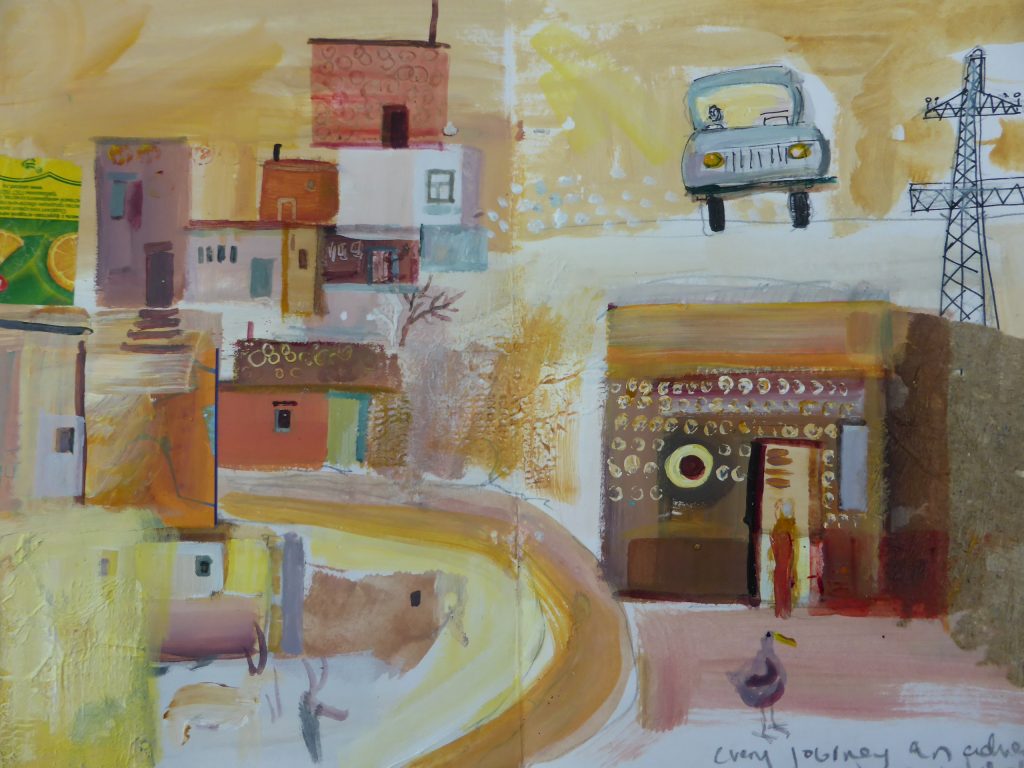

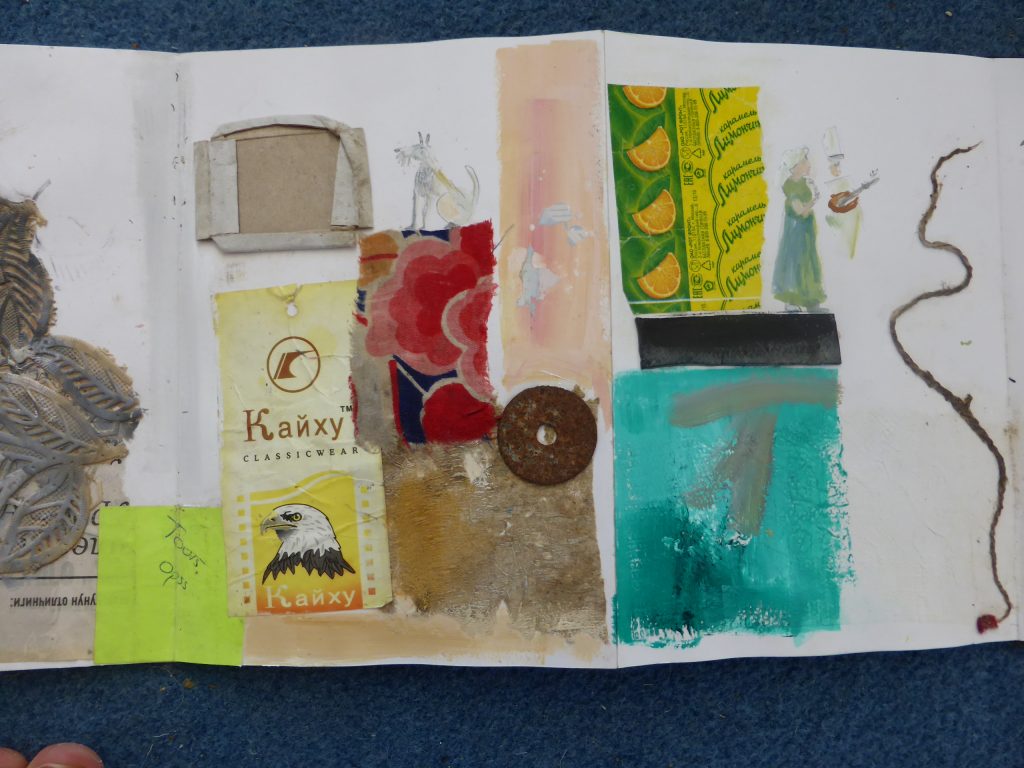
Here are some sketches from it my sketchbook it was done while in a very bumpy truck while in the mountains. Travel in Tajikistan works like this and it can be very efficient! There are no longer haul buses so travel is organised in a carpark. You are rushed into the nearest truck going in your intended direction with great urgency and shouting. Your rucksack is then secured very tightly ontop and then you sit and wait (and sketch) until the truck/ shared taxi is full. This could be about 10 minutes but in some cases could be hours. Impressive to see full capacity of a vehicle when it goes anywhere.
An old man sat behind, his lines reminded me of the contour lines of the earth and as we had just been hunting for some ancient ruins of a lost city just beforehand he blended into the piece. This is done in watercolour, pencil and oil pastels which are resistant to water and easy to use on the move!
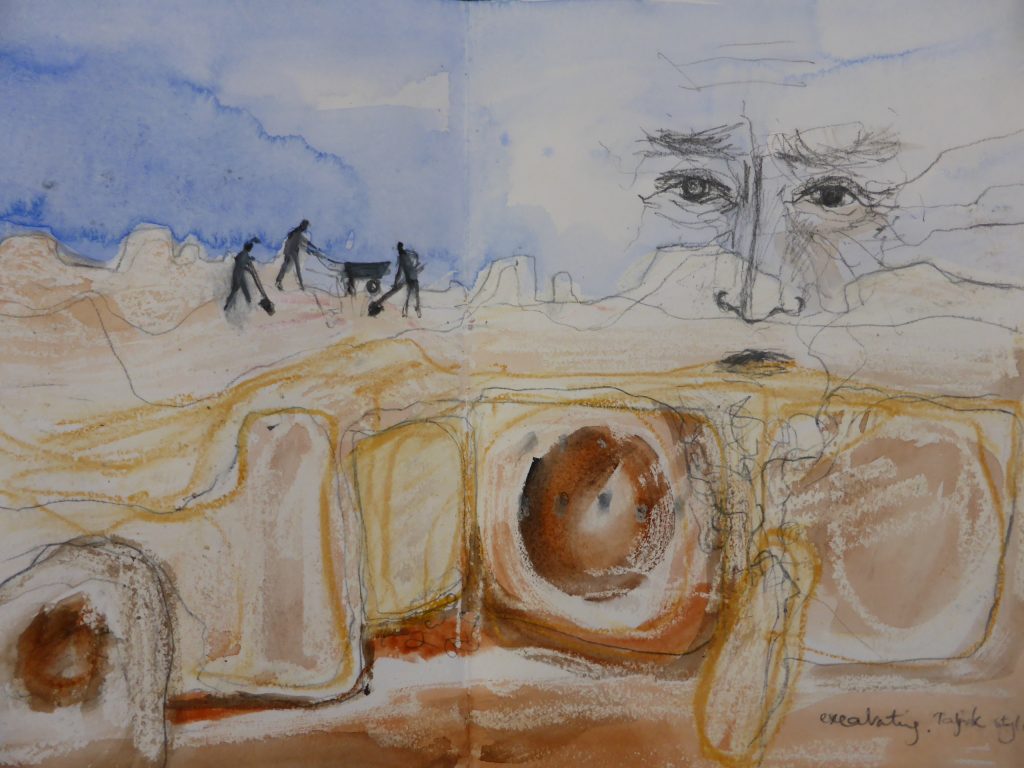
While I was there I did manage to sketch a lot as you train yourself you can get to the point you barely need to look at what you are doing while you make it. Which is useful if the object is moving you can keep your eyes on the detail of what makes it what it is. You also get to the point where it doesn’t matter if its not perfect or how you had planned it to be. However, this does help to get a sense of movement and create a small atmospheric scene which is otherwise made up of a few lines and a dab of colour.
 Materials that I tend to travel with are: a small sketchbook for everyday moments, small scenes and colour studies. Paper which can be used for final pieces. Acrylics, ideally a small set with plenty of non opayic white. A small portable watercolour set which is good for quick sketches and requires little water and can be set up and packed away quickly. A small range of brushes in a protective case. Selection of papers which I will add to during the trip finding say newspapers, cafe papers etc. Some glue in a container which will not leak! Then of course a small collection of favourite pencils and pens, for the moment I’m enjoying using a fountain pen because of the hues of colour the ink can go when a wash of water goes over the top of it.
Materials that I tend to travel with are: a small sketchbook for everyday moments, small scenes and colour studies. Paper which can be used for final pieces. Acrylics, ideally a small set with plenty of non opayic white. A small portable watercolour set which is good for quick sketches and requires little water and can be set up and packed away quickly. A small range of brushes in a protective case. Selection of papers which I will add to during the trip finding say newspapers, cafe papers etc. Some glue in a container which will not leak! Then of course a small collection of favourite pencils and pens, for the moment I’m enjoying using a fountain pen because of the hues of colour the ink can go when a wash of water goes over the top of it.
Retracing steps, I then headed back to Dushanbe,
It was a long day, a rickety bus to the border from Dushanbe, Tajikistan, a shared taxi, a walk over the shiny and virtually deserted border crossing to Uzbekistan. This can be a delicate border crossing, due to past political altercations meaning you will be thoroughly searched. I was welcomed and given a sprig of mint by one of the border guards and once again it was a show of hospitality rather than anything suspicious. However, there is suspicion regarding everything else and everyones phone and camera gets searched for indecent pictures which includes any kind of nudity. My phone and camera containing 3000 photos was checked every picture one by one, by three different security guards. Then every item in my bag. My sketchbook was also carefully inspected and some wording that I had sketched on a buildings was questioned. Finally released into Uzbekistan I found a grumpy taxi driver who conceded to take me the long dusty journey to Samarkand one of the jewels of the crown of the silk route.
 Commission 2019
Commission 2019
This piece is based on a commission for a lovely couple that I met in Uzbekistan Central Asia a couple of years ago. The buildings in themselves we will never forget, however, it can be difficult to do some things including landscapes and very elaborate buildings justice in a painting. You can try to capture an essence of what was there, or a moment or a feeling. The piece was based on their journey.
The ‘Registran’ in Samarkand which is the main building in the picture was like a mystical bejewelled place particularly at night where clever lighting accentuates the colours, pictures and angles. In the North- east the ancient city of Afrosiab had been destroyed by Gengis Khan in 13th century. However here a large amount of the buildings here have been renovated, to quite a large extent. Described by UNESCO as “situated at the crossroads of ancient cultures, are masterpieces of Islamic cultural creativity. The buildings, art and urban structure were really influential and inspired many buildings in the region but also much further afield into the Mediterranean to the Indian subcontinent…” If you look more closely you maybe able to see a market scene, a tiger inlaid into the building and Krgy elders in pointy hats!

Silk Route Arches-Mixed media- 73x150cm
The ancient trade route linked China with parts of Europe and Africa, and carried goods through Rome. Uzbekistan was at the heart of the route and benefitted greatly from it. Extravagant architectural gems were built during the Timurid dynasty, from the 1400s-1600s, including colourful mausoleums, monuments, palaces, mosques, domes, and bazaars.
For sometime I sketched outside this buildings with dusk, dogs and watched by curious faces of locals walking past. Finally deciding to go inside the Shah-i-Zinda I discovering the incredible colours and detailing which makes up this spectacular mausoleum and said to contains some of the richest tilework in the Muslim world. The name, which means ‘Tomb of the Living King’, refers to its original, innermost and holiest shrine – a complex of cool, quiet rooms around what is probably the grave of Qusam ibn-Abbas, a cousin of the Prophet Mohammed who is said to have brought Islam to this area in the 7th century.
Shown and sold recently in London at Quantum Gallery


